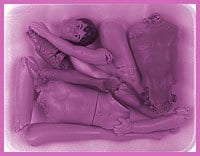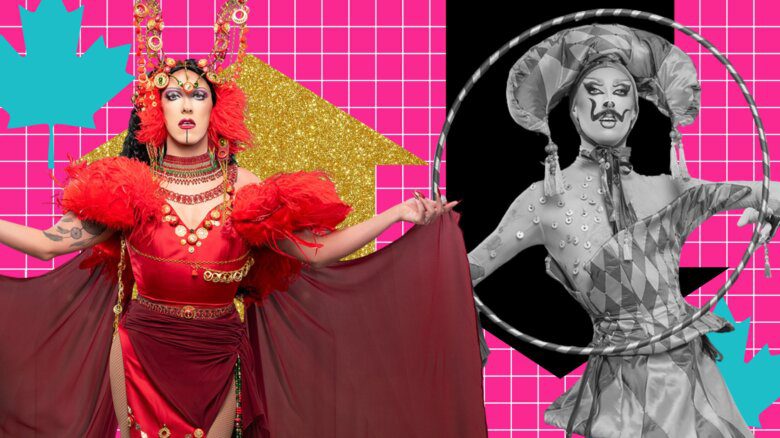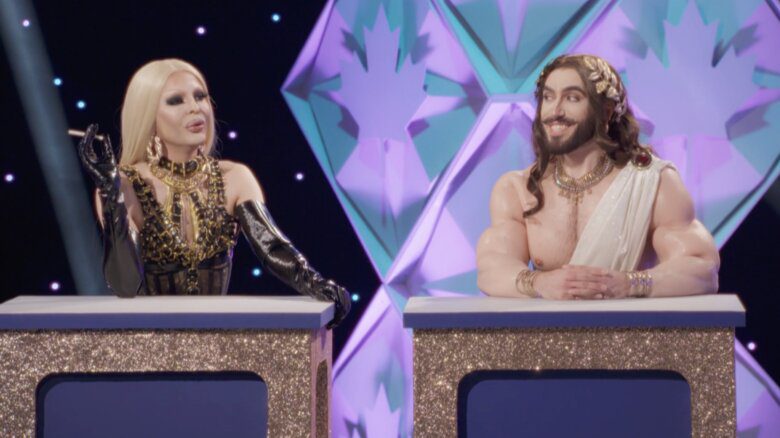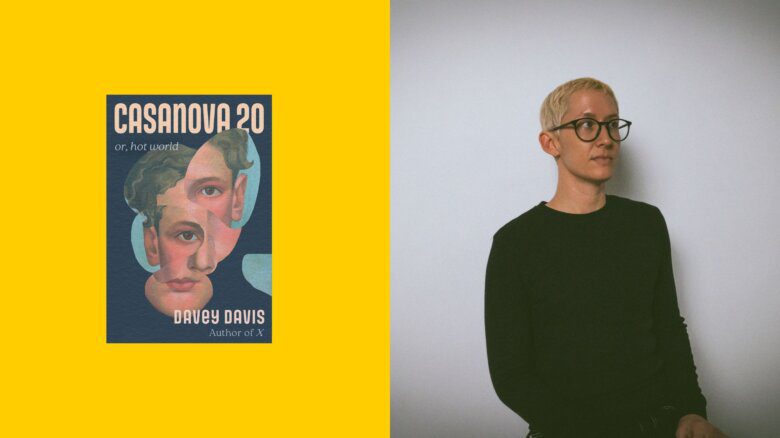“Just do it and deal with the consequences afterwards,” says Louis Joncas.
You might say this is the Montreal-based photographer’s modus operandi. And you might say it’s some of those consequences that will be on display in his new show opening this month.
Detritus, Joncas’ on-going series of still life photographs, is being presented as part of the Dead Nature exhibition opening Jan 27 at the Ottawa Art Gallery.
But these are not still lives of flowers and fresh fruit; quite the opposite. These are images of the banana peels and apple cores after the fruit has been consumed. In fact, these are images of everything Joncas has consumed over the past few years: food, cigarettes, drugs, medicine – and men.
The exhibition explores how three Canadian artists – Joncas, multi-media artist Kelly Mark and performance artist Rachel Echenberg – communicate ideas of mortality, vanity and the transience of existence.
Joncas says this intense scrutiny places him in a decidedly vulnerable position. “Everything is on view, from my addictions to my sexuality to my pastimes, what I consume and what I need to consume.”
Detritus is informed in large part by Joncas’ fascination with vanitas, a genre of 16th and 17th century still life painting consisting of objects that symbolize the fugitive nature of human life and pursuit of pleasure. While Detritus is faithful to the idea of vanitas, it is made for a 21st-century reality.
“The symbolism is more contemporary but the message remains the same: the passage of time, our experiences, our luxuries are all in vain,” says Joncas.
A bright red food tray serves as a receptacle for used condoms and empty vials of the drug Special K, remnants of a circuit party weekend; a sunshine yellow tray becomes a coroner’s table for a mutilated GI Joe doll, a victim of his dog’s insatiable chewing.
The photographs are grotesque and gorgeous. Greasy black peels and egg shells, plastic food wrap and cigarette butts, half-eaten noodles and a NicoDerm box, a pile of dog hair – all are retrieved from the dustbin and elevated to the gallery wall.
“In many ways the whole body of work goes against all of the conventions of photography, the whole abject side of it. The hair, the dust balls, they are just so anti-photography, they are the enemy. You are always trying to avoid hair and dust and here I am making them larger than life.”
The Musée Des Beaux-Arts De Montréal recently purchased one of Joncas’ still lives. This is in addition to his already being in the collection of the National Gallery Of Canada and the Canadian Museum Of Contemporary Photography. How does he feel about his work being collected by museums?
“It’s flattering and it’s intimidating, but it means that something will last – that 100 years from now, something of you remains. We want to leave something behind, it’s our legacy, it’s our footprint.”
DEAD NATURE.
Jan 21-Mar 27.
Vernissage: 5:30pm. Thu, Jan 20.
Artist Talk with Louis Joncas: Noon. Fri, Feb 4.
Ottawa Art Gallery.
Arts Court (2 Daly Ave).
Info: info@ottawaartgallery.ca or 233-8699.

 Why you can trust Xtra
Why you can trust Xtra


